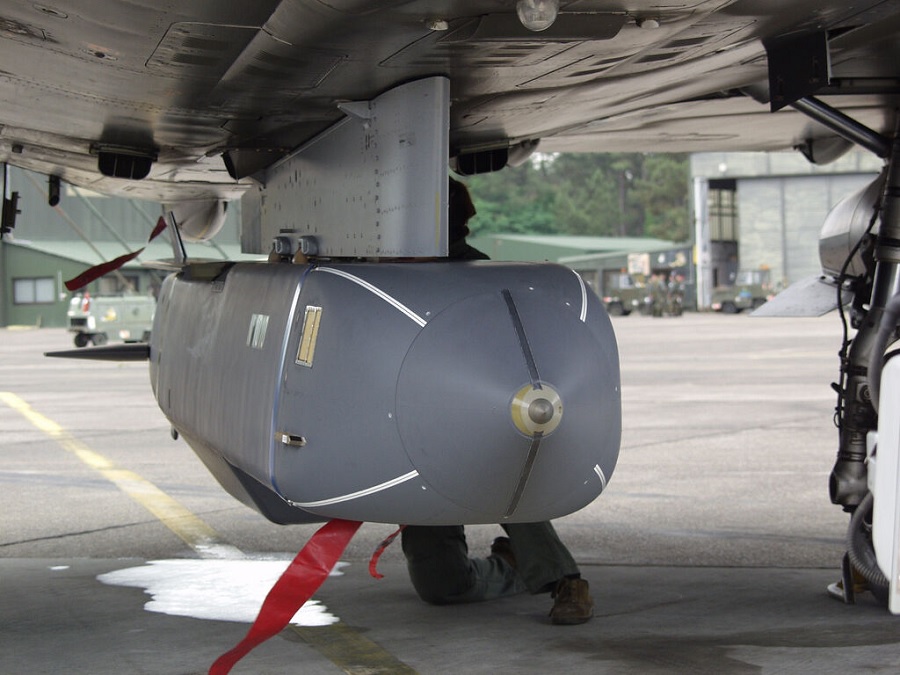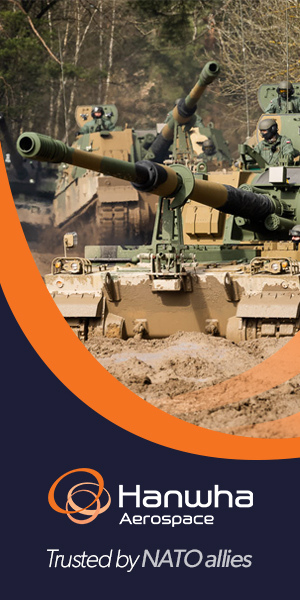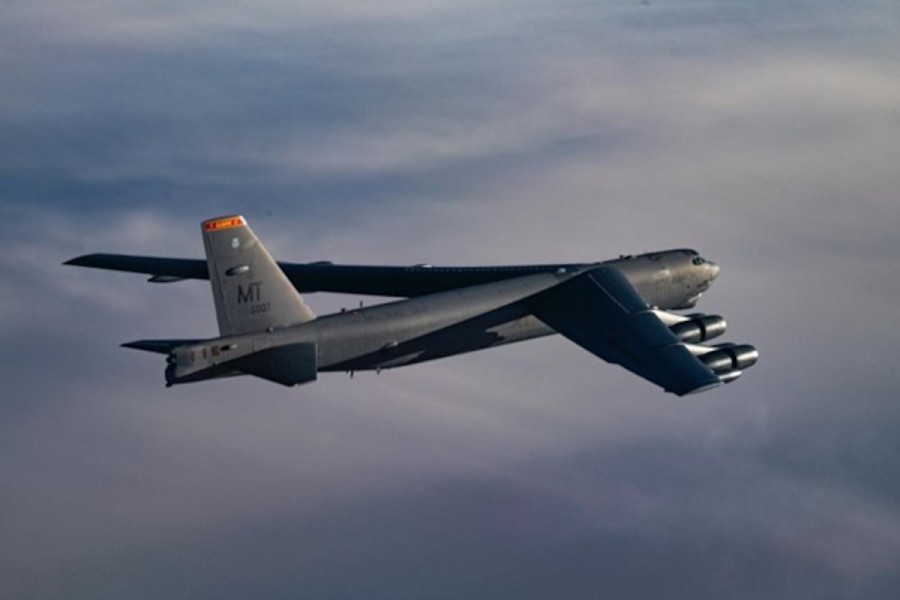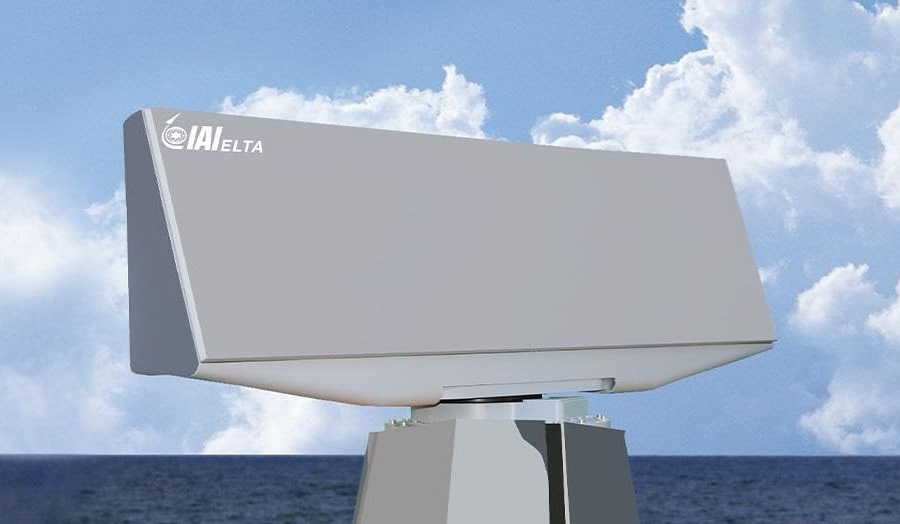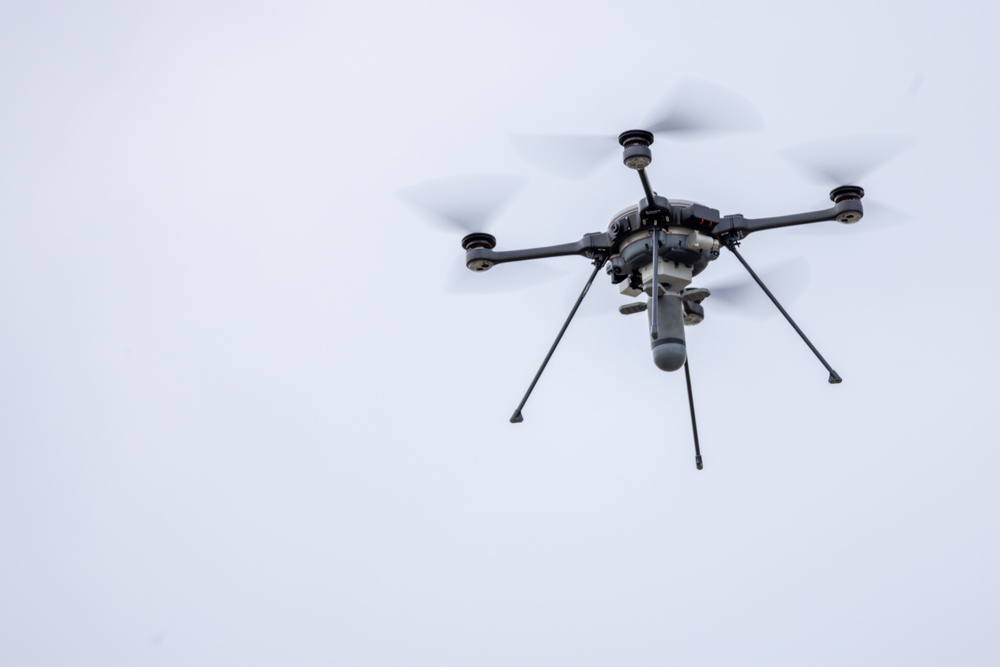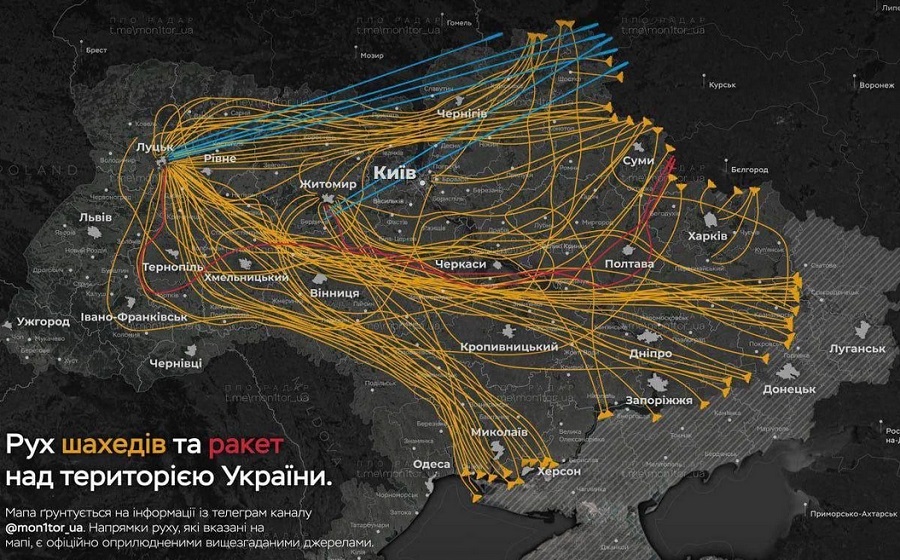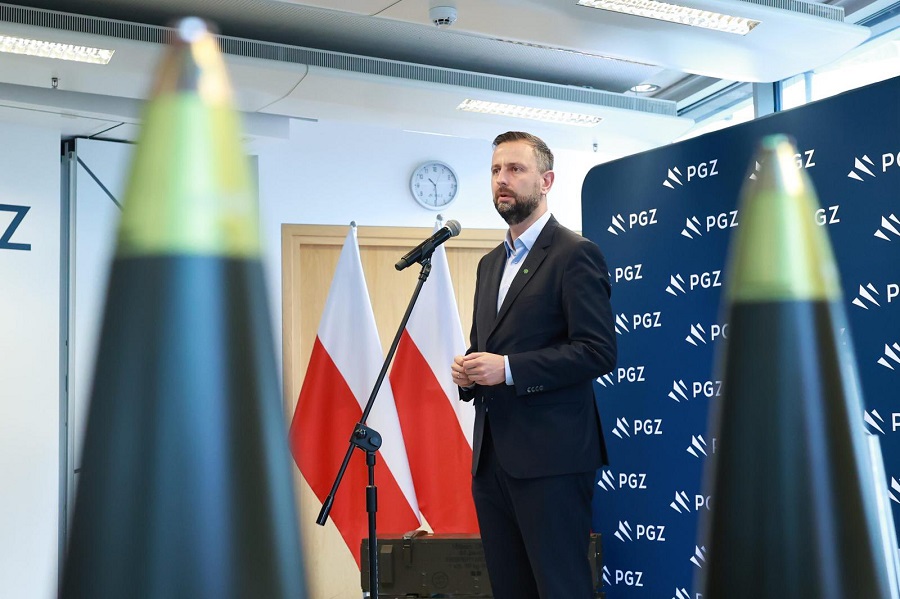The radar deal was signed with the Czech Defence Ministry in December 2019, and included close industrial cooperation between Israel Aerospace Industries (IAI) and local Czech companies RETIA and VTU.
The joint production includes the transfer of technology to local Czech industries for production and lifetime maintenance, and upgrading existing systems to incorporate the world’s most advanced technologies.
MMR is one of the world’s most used radar systems providing high-quality aerial situational awareness.
To date, 200 systems have been sold worldwide, and integrated into air-defence systems such as Barak and Iron Dome.
“IAI’s MMR radars can be found in all of Israel’s defensive systems, and have proven their operational effectiveness providing Air Situational Picture for many years and assisting air and missile defence”, said IAI vice president and Elta CEO Yoav Tourgeman.
The systems supplied to the Czech Republic, and those still to be delivered in the coming months, are intended to fulfil the same function, to safeguard the Czech people, providing them with the most advanced defence against airborne threats. We are proud to be involved in this important cooperation which we have put in place with local companies, sharing knowledge and technologies. Despite three challenging years since signing the agreement, when we had to deal with the global challenges brought about by the corona pandemic, including shutdowns, and integration to local C2 and NATO systems, IAI-ELTA and the local Czech companies succeeded to develop path breaking solutions, transferring both knowledge and technology. The radar was successfully integrated into NATO C echelons through the Czech C2. The advanced radars to the Czech Republic can simultaneously identify and classify hundreds of targets, drones, missile barrages, rockets, and other new threats in the arena.
Israeli radars are compatible with NATO systems and will replace the previously-used but now obsolete radar technology of Russian origin.
An important part of the project is Czech industry involvement in a contract worth some thirty percent of the total value, which was signed together with the main supply agreement between the Czech and Israeli Ministries of Defence. Under this contract, ELTA Systems has transferred the capability to produce modules that make up the radar antenna, using gallium nitride technology, to its Czech industrial partner, RETIA. The state-owned Military Technical Institute (VTU) is also a partner. An assembly line four radar modules was established in retia RETIA which will also provide these modules for call CZ. This capability also allows local companies to provide Czech self-reliant maintenance and support for the full lifetime off the radars.
The Multi-Mission Radar (MMR) is a family of advanced mobile radars (ELM-2084: M/F/MS/H-MMR, ELM-2248LB: D-MMR & ELM-2311: C-MMR) that operate in S or C-Band and perform multiple missions: air surveillance, counter rocket artillery and mortar (C-RAM) and fire control.
Different radar sizes and configurations are available to match customer requirements. An open architecture facilitates the integration of additional sensors such as SIGINT, IFF (all modes), and EO/IR. Each radar employs an advanced 4-D full Active Electronically Scanning Array (AESA) enabling electronic steering in azimuth and elevation, and is based on high-performance Gallium Nitride (GaN) RF modules.
The MMR detects high and low flying targets, tracks, classifies and generates a real-time Air Situation Picture of all aerial targets such as low Radar Cross Section platforms (e.g. UAVs, tactical aerial weapons, loitering munitions, cruise and Tactical Ballistic Missiles (TBM)) and Rockets, Artillery, and Mortars (RAM). The MMR’s innovative design delivers high accuracy and rapid update rates, performing concurrent search with dedicated track beam. MMR can acquire targets through external cueing from a C2 system and can operate independently or be integrated into a radar network.

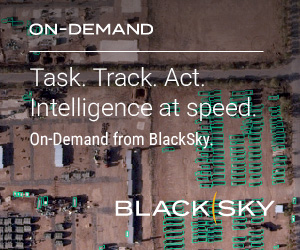


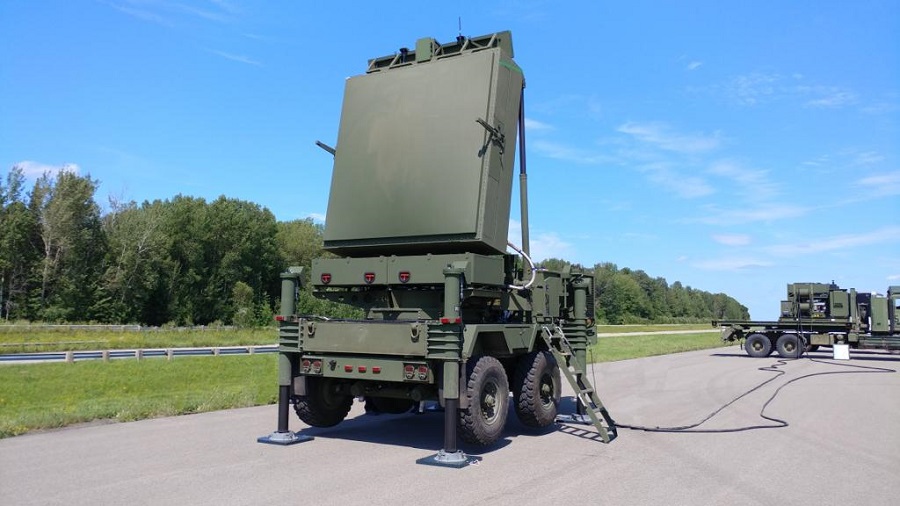
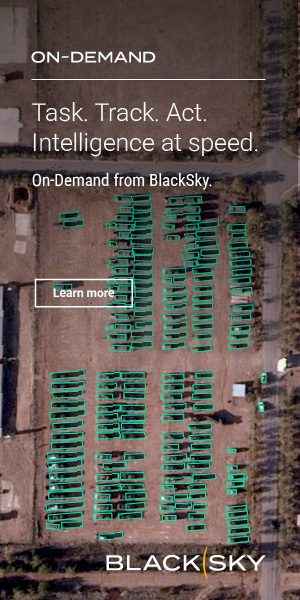

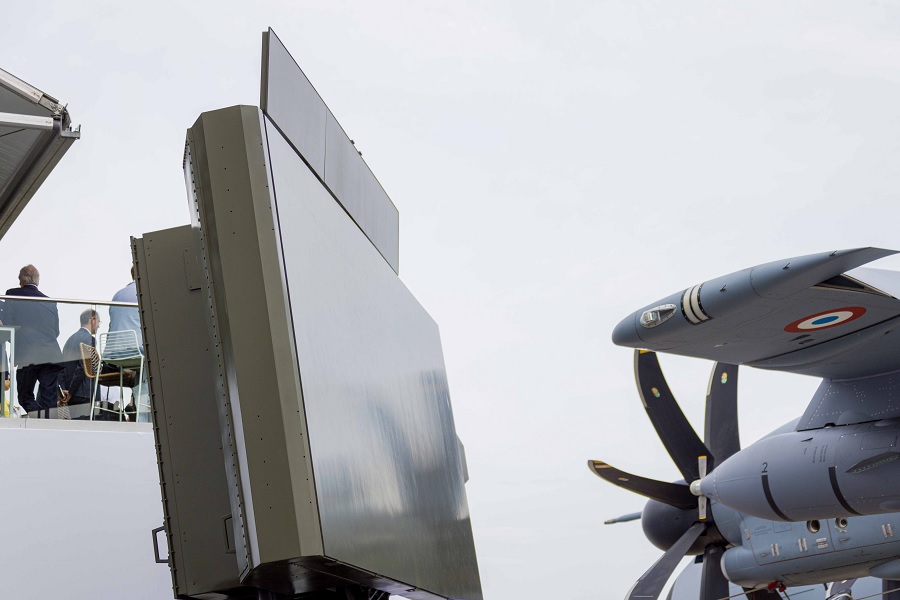



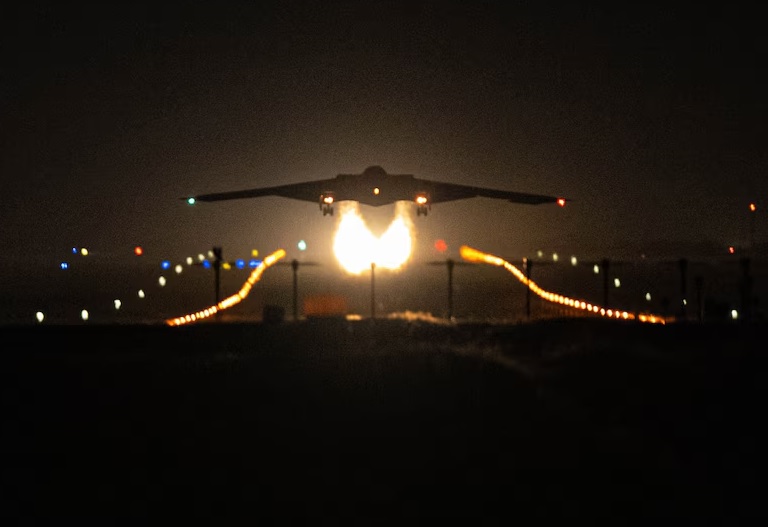

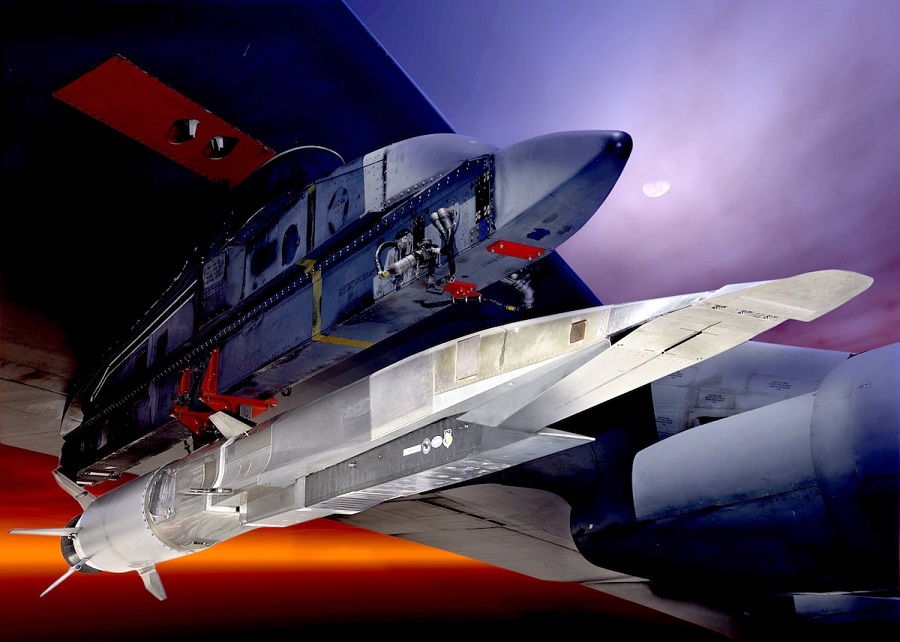
![Northrop Grumman conducts successful test of Mars ascent rocket motor [VIDEO]](https://defence-industry.eu/wp-content/uploads/2025/07/Northrop-Grumman-conducts-successful-test-of-Mars-ascent-rocket-motor-VIDEO.jpg)
